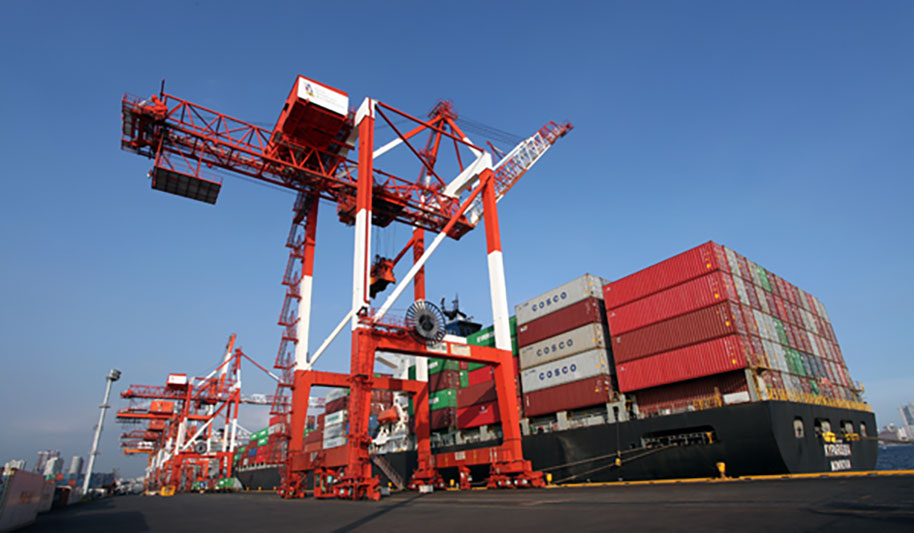
ASIAN TERMINALS, INC. (ATI) saw its second-quarter attributable net income climb 48.5% to P1.5 billion on higher revenues for the period, driven by a surge in cargo volumes.
For the April-to-June period, ATI logged gross revenues of P4.87 billion, 22.05% higher than the P3.99 billion in the same period a year ago.
Total expenses for the three months ending June rose 21.52% to P2.88 billion from P2.37 billion in the second quarter of 2024.
For the six-month period, the listed port operator’s attributable net income surged 65.34% to P2.96 billion from P1.76 billion previously, driven by higher revenues for the period.
ATI’s total revenue for the January-to-June period increased to P9.61 billion, up 28.82% from P7.46 billion in the same period last year.
Broken down, revenues from South Harbor (SH) international containerized cargo and Batangas Container Terminal (BCT) rose 31.8% and 19.2%, respectively, on higher container volumes.
ATI, the operator of the Batangas port, said its operations in Batangas saw higher topline during the first semester, mainly driven by increases in international roll-on/roll-off cargo and higher passenger traffic for the period.
On Wednesday, the Philippine Ports Authority (PPA) said that it had temporarily suspended its review of ATI’s petition for an adjusted terminal fee at the Batangas port while Oriental Mindoro remains under a state of calamity.
ATI had earlier proposed to collect a higher terminal fee of P100 from P30 at the Batangas port, citing that the increase in fees is a recovery measure after improvements at the port and will help the company maintain the terminal.
In 2024, ATI launched the opening of a new and modernized passenger terminal building at the Batangas Port — one of the country’s busiest terminals.
The government’s share in the company’s total revenue for the six months ending June also rose 17.4% to P3.91 billion from P3.33 billion last year.
Total expenses for the first semester expanded 23.5% to P5.73 billion from P4.64 billion last year, citing increases in depreciation and amortization, as well as higher labor and fuel costs, according to its financial statement.
In March, ATI expanded its capacity at Manila South Harbor with the commissioning of two additional ship-to-shore (STS) cranes, aimed at improving handling capacity and operational efficiency.
These complement the terminal’s existing fleet of 11 STS cranes, rubber-tired gantries, and other cargo-handling equipment, aligned with its ongoing modernization efforts.
For full-year 2024, ATI handled nearly 1.6 million twenty-foot equivalent units (TEUs), reflecting a 4% increase from the previous year.
With recent infrastructure upgrades and new equipment deployment, ATI said it is now capable of handling close to 2 million TEUs annually.
At the local bourse on Thursday, shares in ATI closed 30 centavos, or 1.11% higher, at P27.30 apiece. — Ashley Erika O. Jose



